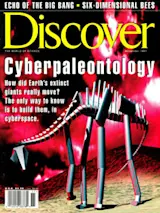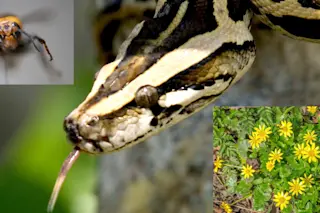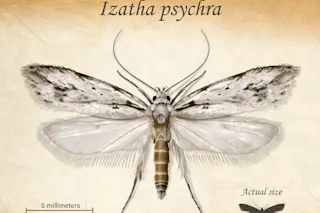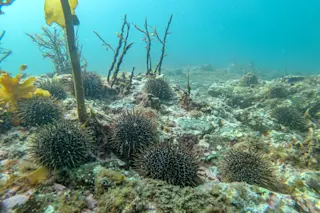Walking through a forest is like sailing past an iceberg: you’re missing a big part of the picture. Trees hide nearly half their biomass in a vast tangle of roots, which in turn are usually woven into an even bigger web made of fungus. This benign fungal infection is a classic example of symbiosis, a relationship in which both organisms benefit. Trees can make new tissue from sunlight, water, and air, but their roots can’t extract enough vital nutrients such as nitrogen and phosphorus from the soil. Fungi produce digestive enzymes that free these compounds, but they can’t draw carbon from the air. So the organisms collaborate, the fungus taking carbon from the roots and pumping in soil nutrients in return.
Scientists have known about this relationship for decades, but recent experiments are revealing unsuspected complexity. One was conducted by Suzanne Simard, a forest ecologist at the British Columbia Ministry ...














